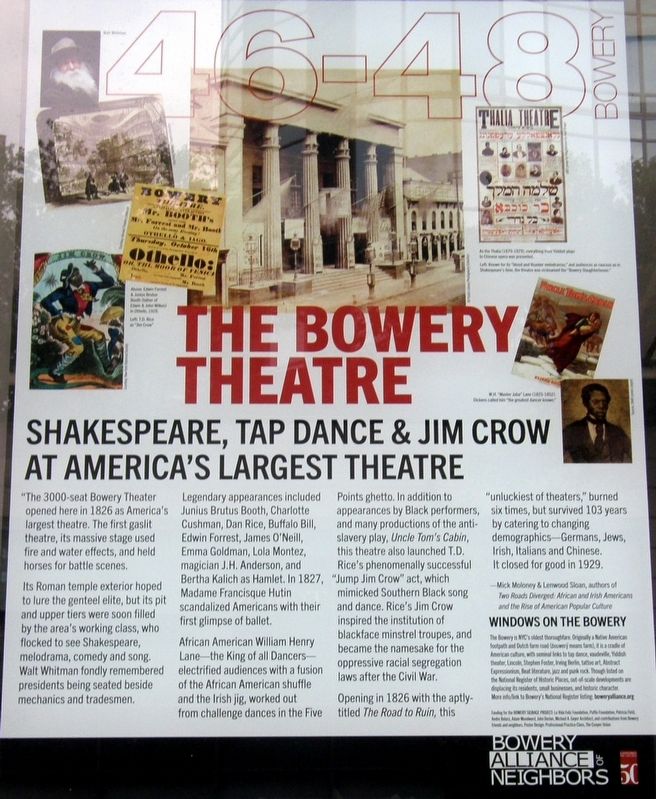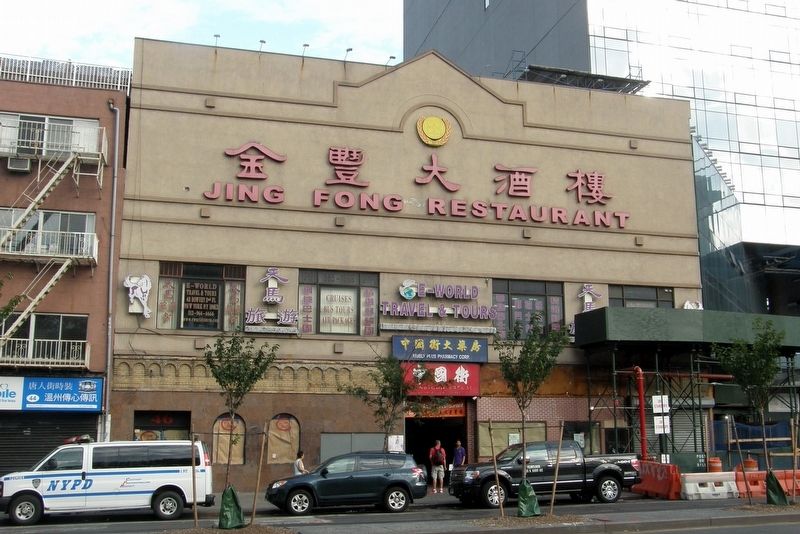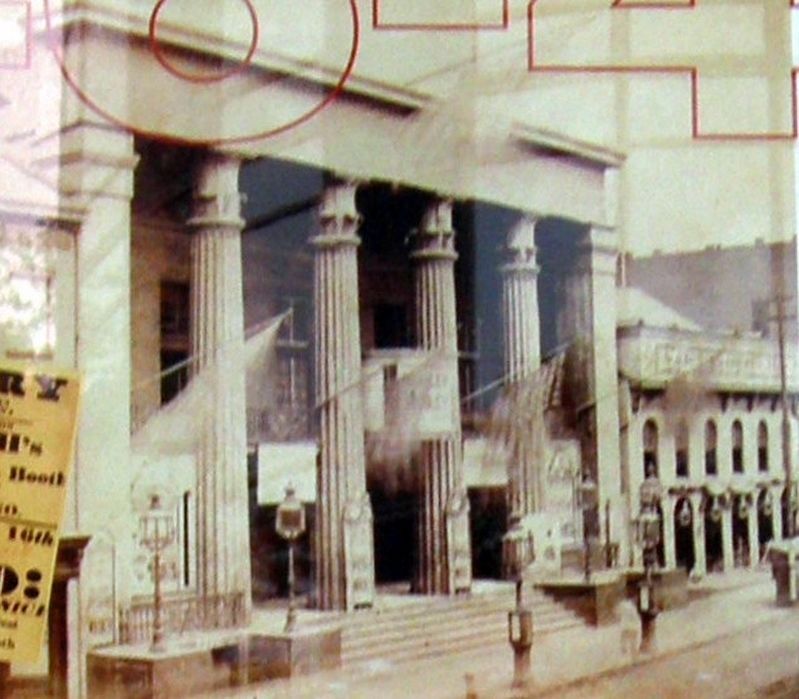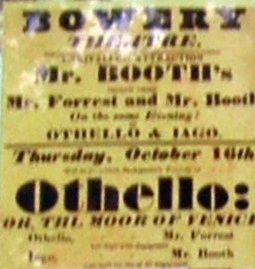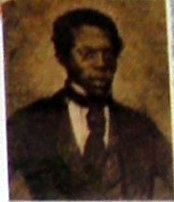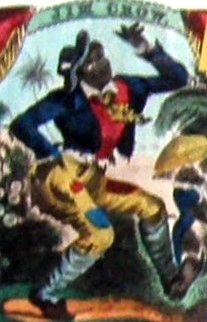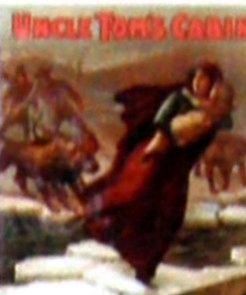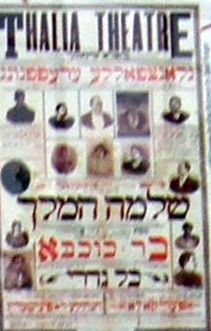Chinatown in Manhattan in New York County, New York — The American Northeast (Mid-Atlantic)
The Bowery Theatre
Shakespeare, Tap Dance & Jim Crow at America’s Largest Theatre
— 46-48 Bowery —
“The 3000-seat Bowery Theatre opened here in 1826 as America’s largest theatre. The first gaslit theatre, its massive stage used fire and water effects, and held horses for battle scenes.
Its Roman temple exterior hoped to lure the genteel elite, but its pit and upper tiers were soon filled by the area’s working class, who flocked to see Shakespeare, melodrama, comedy and song. Walt Whitman fondly remembered presidents being seated beside mechanics and tradesmen.
Legendary appearances included Junius Brutus Booth, Charlotte Cushman, Dan Rice, Buffalo Bill, Edwin Forrest, James O’Neill, Emma Goldman, Lola Montez, magician J.H. Anderson and Bertha Kalich as Hamlet. In 1827, Madame Francisque Hutin scandalized Americans with their first glimpse of ballet.
African American William Henry Lane – the King of all Dancers – electrified audiences with a fusion of the African American shuffle and the Irish jig, worked out from challenge dances in the Five Points ghetto. In addition to appearances by Black performers, and many productions of the anti-slavery play, Uncle Tom’s Cabin, this theatre also launched T.D. Rice’s phenomenally successful “Jump Jim Crow” act, which mimicked Southern Black song and dance. Rice’s Jim Crow inspired the institution of blackface minstrel troupes, and became the namesake for the oppressive racial segregation laws after the Civil War.
Opening in 1826 with the aptly-titled The Road to Ruin, this “unluckiest of theaters,” burned six times, but survived 103 years by catering to changing demographics – Germans, Jews, Irish, Italians and Chinese. It closed for good in 1929.
- Mick Moloney and Lenwood Sloan, authors of Two Roads Diverged: Africans and Irish Americans and the Rise of American Popular Culture
Erected 2016 by Bowery Alliance of Neighbors.
Topics. This historical marker is listed in these topic lists: Arts, Letters, Music • Entertainment. A significant historical year for this entry is 1826.
Location. 40° 42.946′ N, 73° 59.795′ W. Marker is in Manhattan, New York, in New York County. It is in Chinatown. Marker is on Bowery near canal and bayard Streets, on the right when traveling south. Touch for map. Marker is at or near this postal address: 46-48 Bowery, New York NY 10013, United States of America. Touch for directions.
Other nearby markers. At least 8 other markers are within walking distance of this marker. George Washington Drank Here! (here, next to this marker); The Bowery Boys (within shouting distance of this marker); Lost New York Gem (within shouting distance of this marker); Renaissance-Inspired Bank for the Working Class (within shouting distance of this marker); Black Horse Inn (within shouting distance of this marker); Stephen Foster (within shouting distance of this marker); High and Low Art (within shouting distance of this marker); Windows On The Bowery (about 500 feet away, measured in a direct line). Touch for a list and map of all markers in Manhattan.
More about this marker. One of more than sixty entries in the “Windows on the Bowery” series.
Credits. This page was last revised on January 31, 2023. It was originally submitted on April 14, 2019, by Larry Gertner of New York, New York. This page has been viewed 297 times since then and 27 times this year. Photos: 1, 2, 3, 4, 5, 6. submitted on April 14, 2019, by Larry Gertner of New York, New York. 7, 8. submitted on April 18, 2019, by Larry Gertner of New York, New York. • Bill Pfingsten was the editor who published this page.
